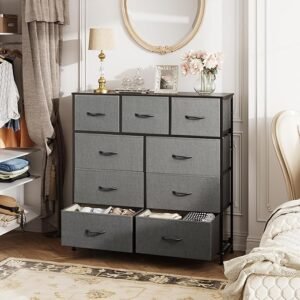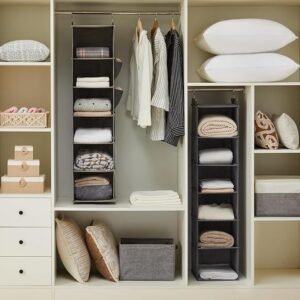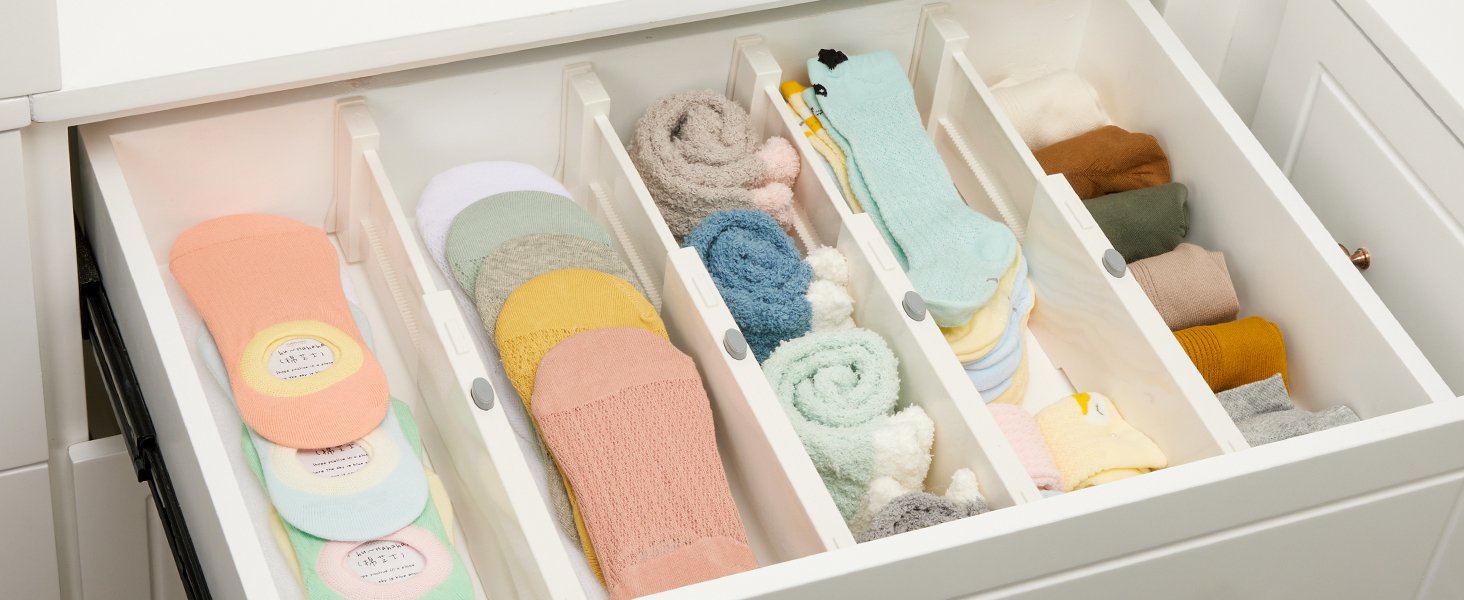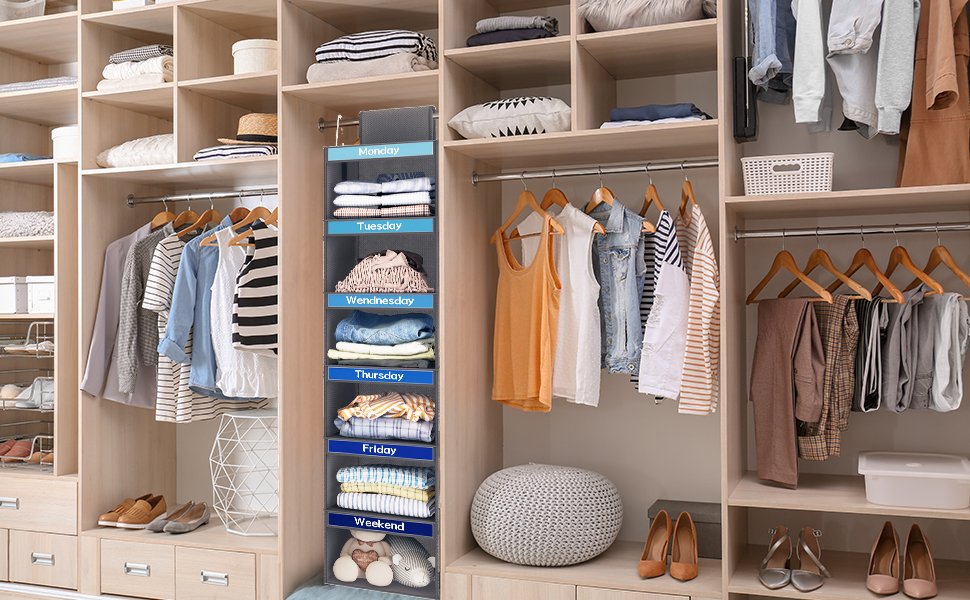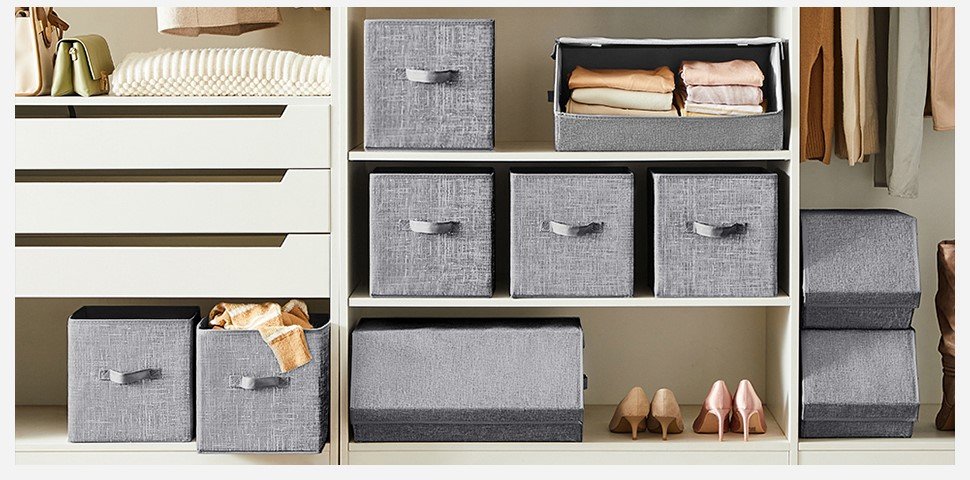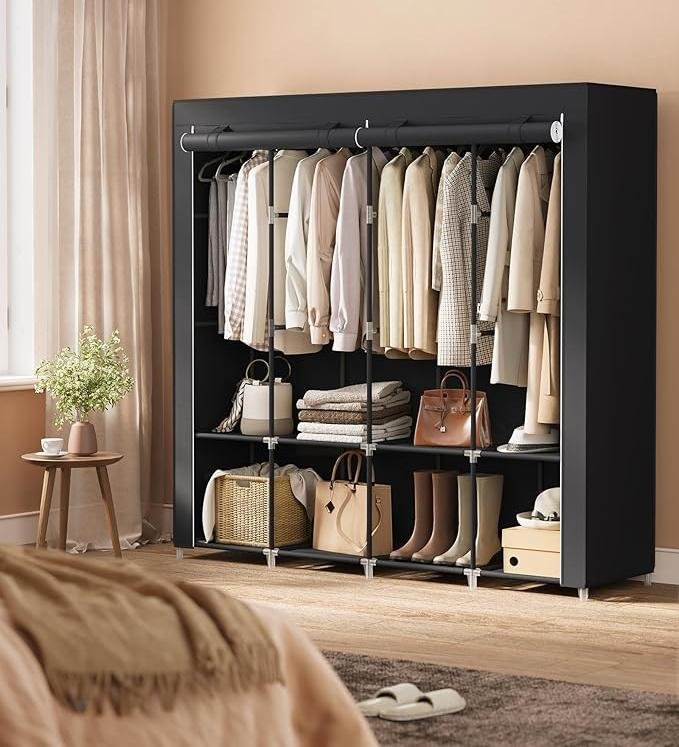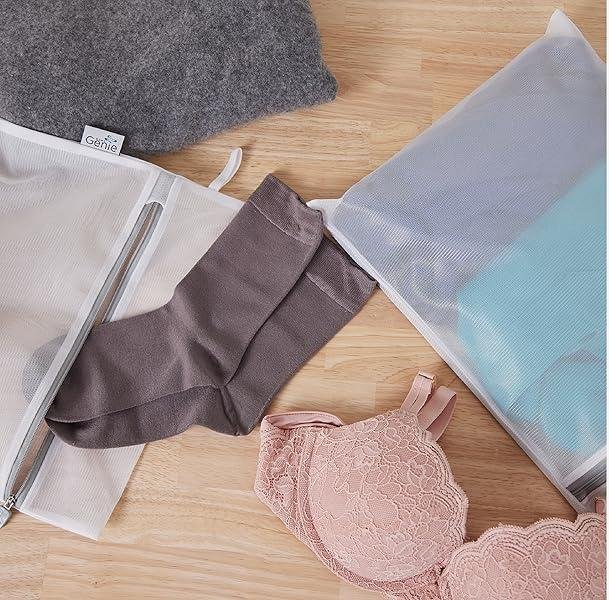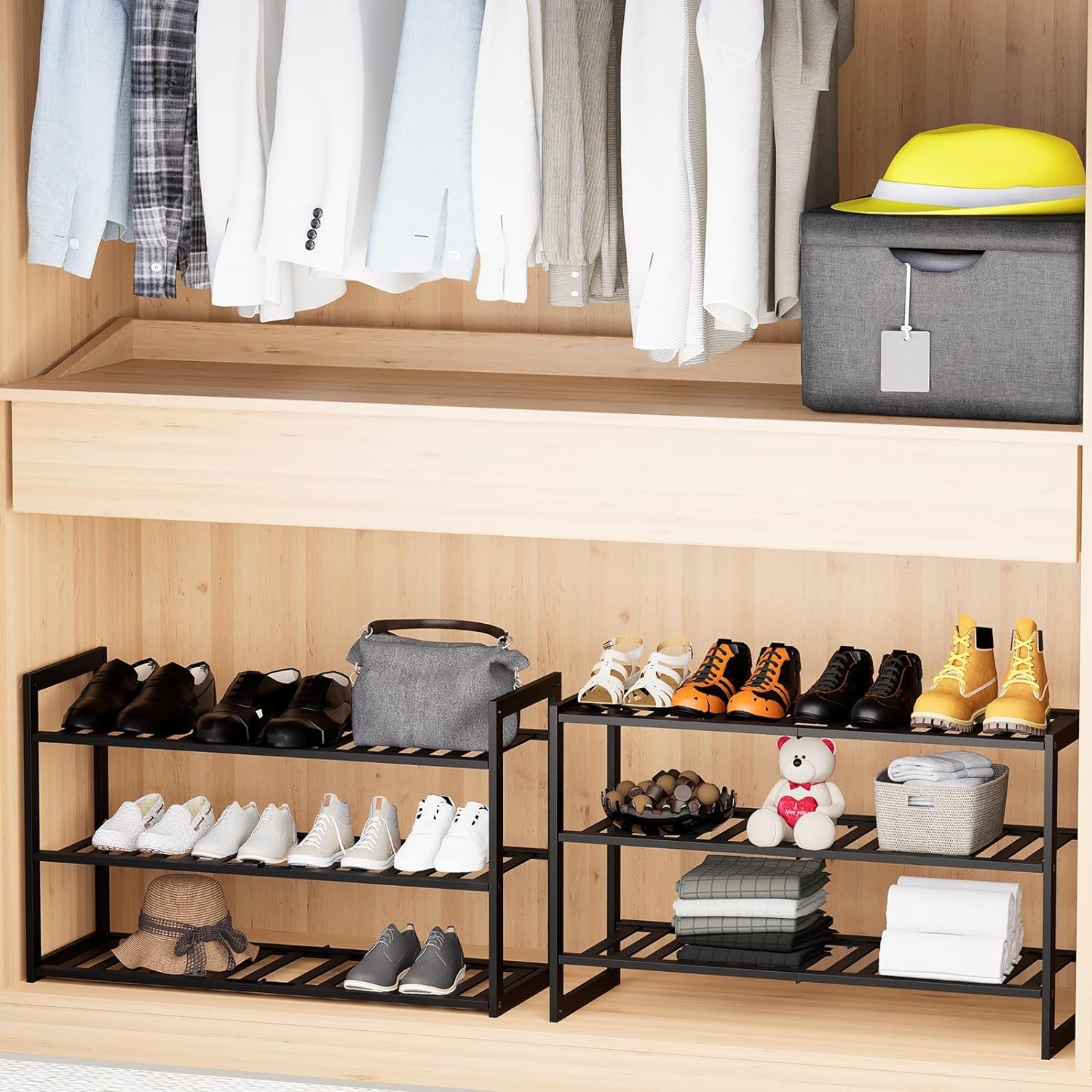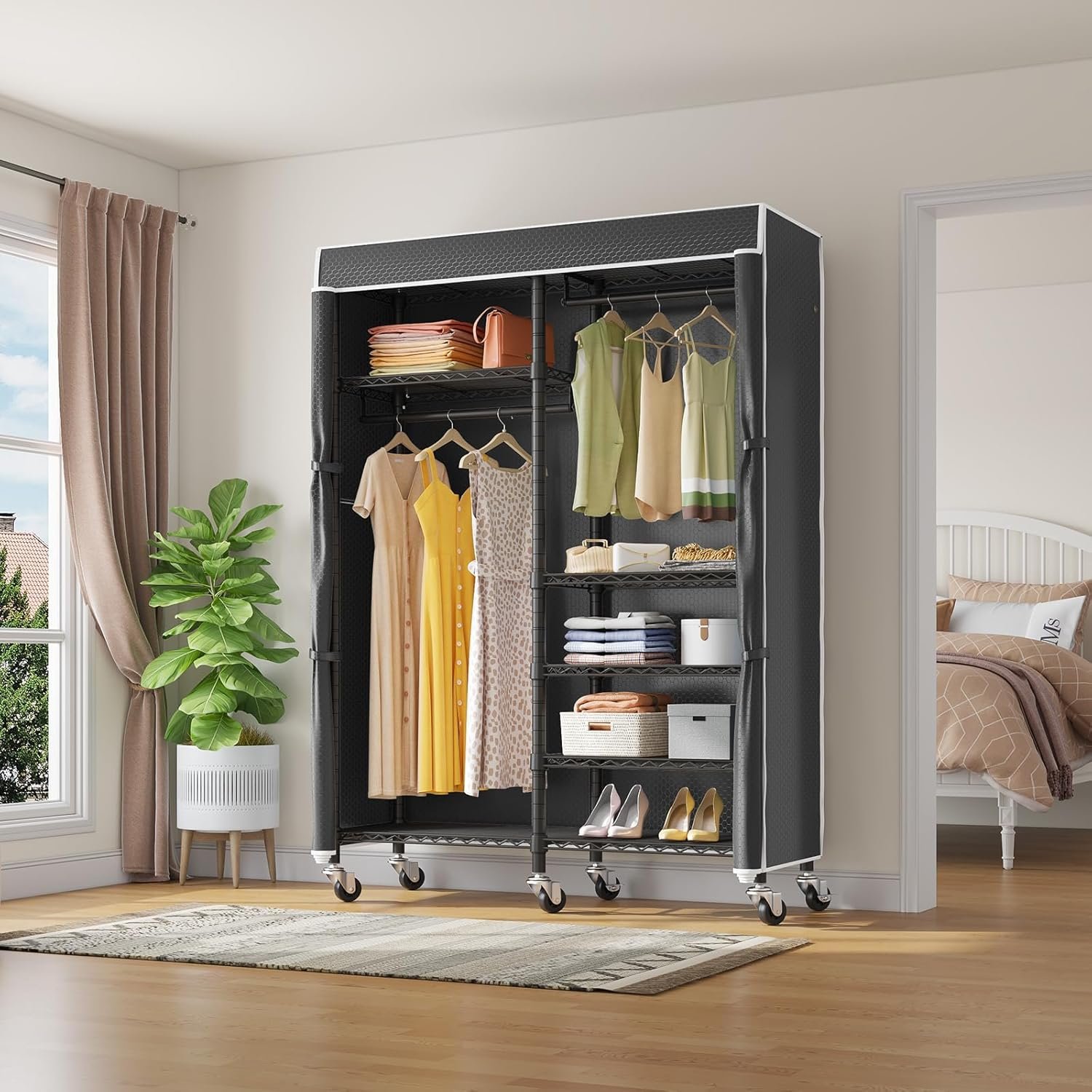How to Organize Infant Clothes: 10 Simple and Effective Tips
If you’ve ever found yourself overwhelmed by the chaos of tiny baby clothes scattered around, don’t worry—you’re not alone! Learning how to organize infant clothes can be a game-changer in maintaining a neat and functional space. With a few simple strategies, you can create an organized system that saves you time and stress.
To organize infant clothes, start by sorting them by size and type. Use drawer dividers, storage bins, and label everything clearly to make it easy to find items. Rotate outgrown clothes frequently to avoid clutter, and keep essential daily items like onesies and bibs within easy reach.
Looking for more ways to simplify the process? Here are 10 practical tips to keep your baby’s clothes organized, saving you time and reducing the chaos.
-
Sort by Size
Infant clothes range from newborn to toddler sizes, and babies outgrow them at lightning speed. Sorting clothes by size helps keep everything manageable and easy to access. Set up separate spaces in drawers or closets for each size. Keep the next size up handy so you’re ready when your baby grows into them. This way, you won’t waste time searching through newborn clothes when your baby is already wearing 6-12 months.
-
Use Drawer Dividers
Baby clothes are tiny and can quickly get mixed up or cluttered in drawers. Drawer dividers are a simple way to keep everything neatly separated. Use dividers to create sections for different items like socks, bibs, onesies, and pajamas. You can even dedicate one drawer to frequently used items, like everyday bodysuits and pants, and another for less commonly used items like mittens and hats.
-
Rotate Outgrown Clothes
Babies grow quickly, and it’s easy for their wardrobe to fill up with clothes that no longer fit. Make it a habit to regularly go through their clothes, rotating out anything that’s too small. Store outgrown clothes in labeled bins for future use, donation, or passing down to younger siblings. This keeps the drawers and closets from getting overcrowded with things your baby can no longer wear.
-
Label Everything
Labels are one of the easiest ways to keep your baby’s clothes organized, especially if you have help from babysitters, grandparents, or other caregivers. Labeling drawers, bins, and shelves makes it clear where everything belongs, so putting clothes away is quick and easy. You can use simple sticky labels or invest in a label maker for a more polished look. Having labels ensures that everyone in the household knows exactly where to find (and return) each item.
-
Hang Special Items
While most baby clothes can be folded and stored in drawers, certain items—like dresses, jackets, or fancier outfits—benefit from being hung up. Hanging these items helps prevent wrinkles and keeps them in better condition. Use baby-sized hangers to maximize space and hang outfits in an organized way, perhaps by color or by occasion. This way, you can easily grab the perfect outfit for special occasions.
-
Use Baskets and Bins for Essentials
Having easy access to daily essentials is crucial when organizing infant clothes. Use baskets or bins to keep frequently used items like sleepers, onesies, and bibs within easy reach. You can place these bins on a low shelf or on top of the dresser, so you don’t have to dig through drawers during diaper changes or feedings. A small bin or basket near your changing station is also helpful for storing a few backup outfits for quick changes.
-
Create “Too Big” and “Too Small” Bins
As your baby grows, you’ll need a system for storing clothes that are either too big or too small. Designate two bins—one for clothes your baby has outgrown and another for clothes they haven’t grown into yet. This way, you can easily swap clothes in and out as needed. It’s an especially helpful method for families with multiple children, as it simplifies passing clothes down between siblings.
-
Organize by Outfit
For a super-efficient system, consider organizing your baby’s clothes by outfit rather than by individual items. You can group matching tops and bottoms together, or even include socks and accessories. This method makes it easy to grab an entire outfit in the morning without rummaging through multiple drawers. Organize the clothes by occasion—casual, pajamas, or special events—so choosing an outfit is as simple as picking a category.
-
Use Over-the-Door Organizers
Make use of vertical space in your nursery with over-the-door organizers. Originally designed for shoes, these organizers are perfect for storing baby items like hats, shoes, socks, and other small accessories. Each pocket can be labeled and used for a different type of clothing or accessory, making it easy to find what you need. Place the most commonly used items at eye level for convenience.
-
Keep a Donation Bag Handy
Babies grow so quickly that their clothes often get outgrown before they’re worn out. Keep a donation bag or box in the nursery, and as soon as something no longer fits, toss it in. Once the bag is full, you can donate it or pass it along to someone who needs it. This keeps your baby’s wardrobe clutter-free and ensures that you’re always working with clothes that actually fit.
Conclusion
Organizing infant clothes doesn’t have to be overwhelming. By following these simple tips—sorting by size, using dividers, rotating outgrown clothes, and labeling everything—you can create a functional and tidy system that makes your life easier. With a little bit of planning and the right tools, you’ll spend less time searching for clothes and more time enjoying moments with your baby.

